How to Customize Linux MOTD on RHEL 9 | CentOS 9
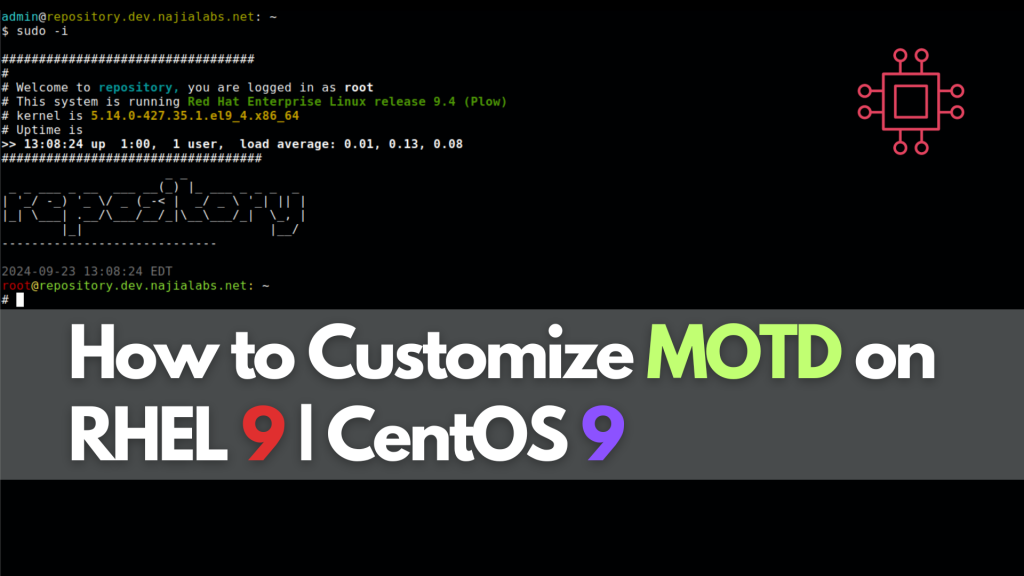
Learn how to customize Linux MOTD on RHEL 9 and CentOS 9 to enhance user experience. Discover step-by-step instructions, practical examples, and tips for displaying vital system information, ASCII art, and monitoring links at user login. Table of Contents Introduction The Message of the Day (MOTD) in Linux is a powerful feature that allows administrators […]
Install GitLab CE on RHEL 9 | CentOS 9 Using Ansible Roles

Learn how to install GitLab CE on RHEL 9 or CentOS 9 using Ansible roles. This comprehensive guide covers prerequisites, creating Ansible roles, executing playbooks, and setting up SSL for a secure GitLab instance. Streamline your DevOps workflow with automation and maintainability! Table of Contents Introduction GitLab Community Edition (CE) is a powerful web-based DevOps tool […]
Adding Hosts to Zabbix Using Bash Script
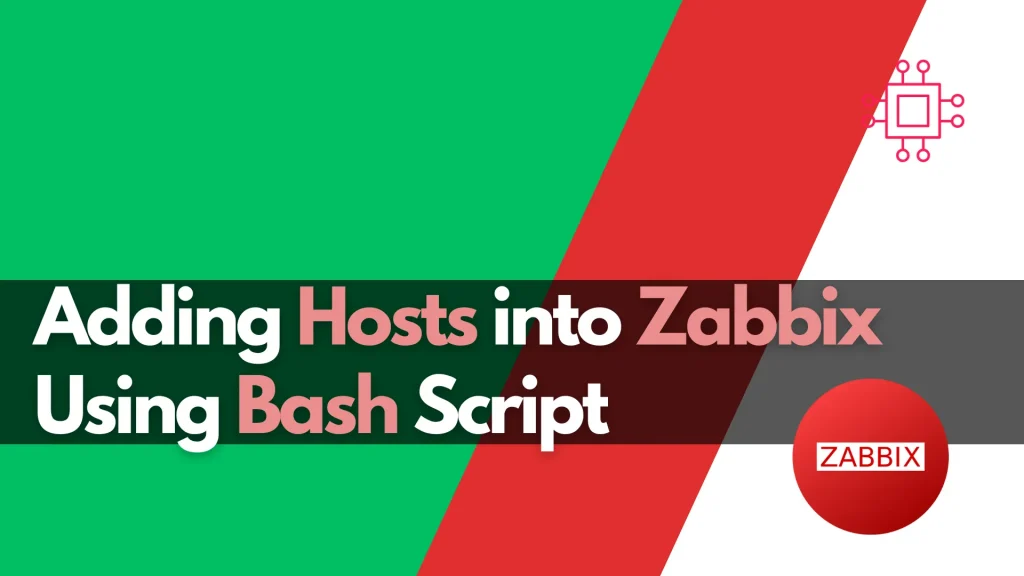
Learn how to automate adding hosts to Zabbix using Bash script. This comprehensive guide covers script functions, examples, and best practices to streamline your IT monitoring process. Optimize your workflow and reduce errors with our step-by-step instructions! Table of Contents Introduction In the realm of IT monitoring, Zabbix stands out as a powerful open-source solution. […]
Implement Security Warning Banners in Zabbix
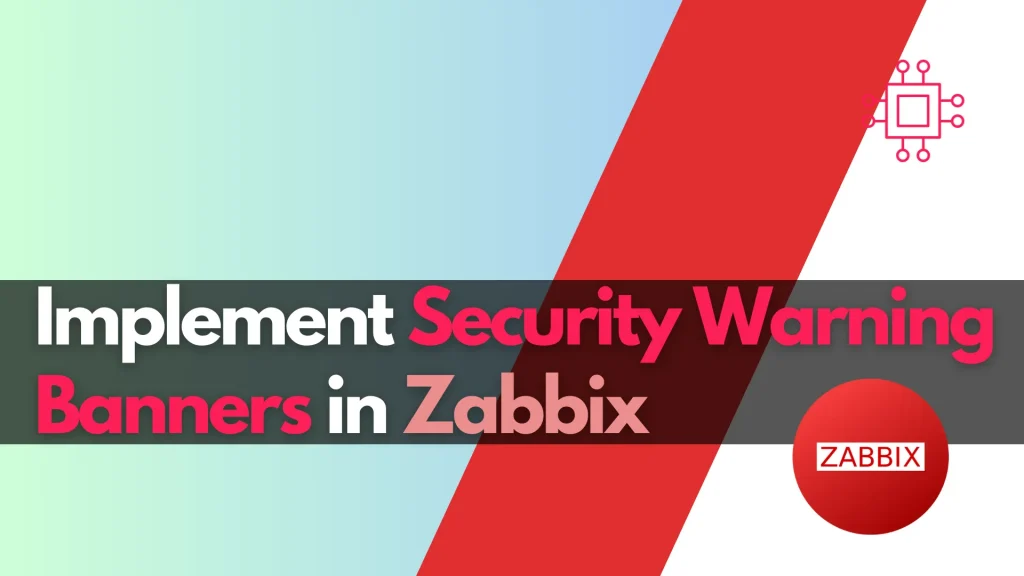
In this article, we will explore how to implement security warning banners in Zabbix to enhance compliance and user awareness. This step-by-step guide covers creating a banner file and modifying the login page for effective implementation. Table of Contents Introduction In today’s digital landscape, ensuring that your systems are secure and compliant with government regulations […]
Automating Zabbix Installations Using Ansible: A Comprehensive Guide
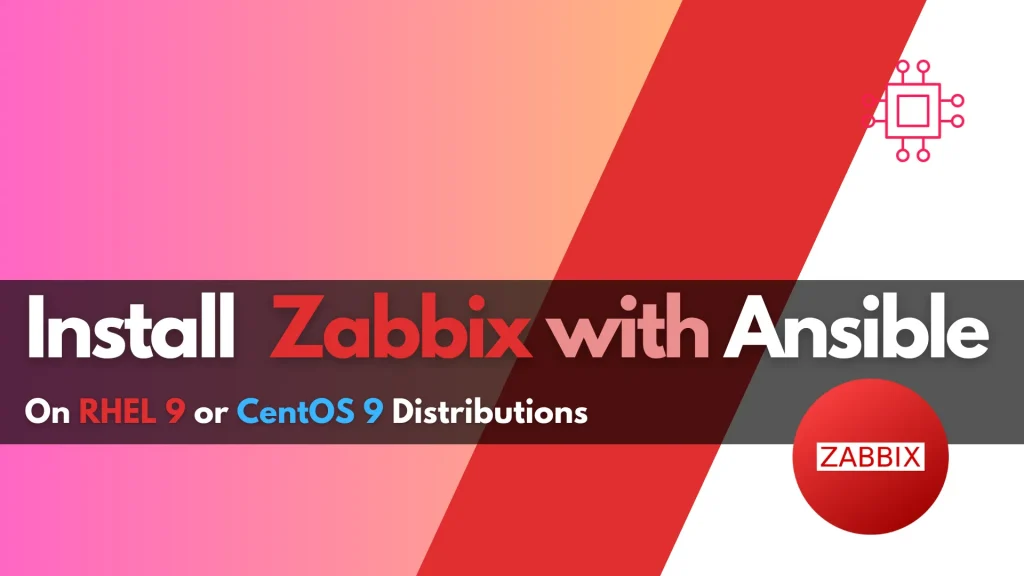
Automating Zabbix Installations Using Ansible simplifies the deployment and configuration of Zabbix, an open-source monitoring solution. This comprehensive guide provides step-by-step instructions, essential YAML configurations, and best practices to enhance efficiency and reduce manual errors in your monitoring setup. Perfect for IT administrators looking to streamline their infrastructure management. Table of Contents Introduction In the […]
20 Practical Find Command Examples

Unlock the full potential of file management in Linux with our comprehensive guide featuring 20 practical find command examples. From searching by name, type, size, to executing commands on found files, learn how to streamline your workflow efficiently. Master the find command and become a Linux ninja today! Table of Contents Introduction Are you tired […]
Install and Configure Helm on Ubuntu 24.04
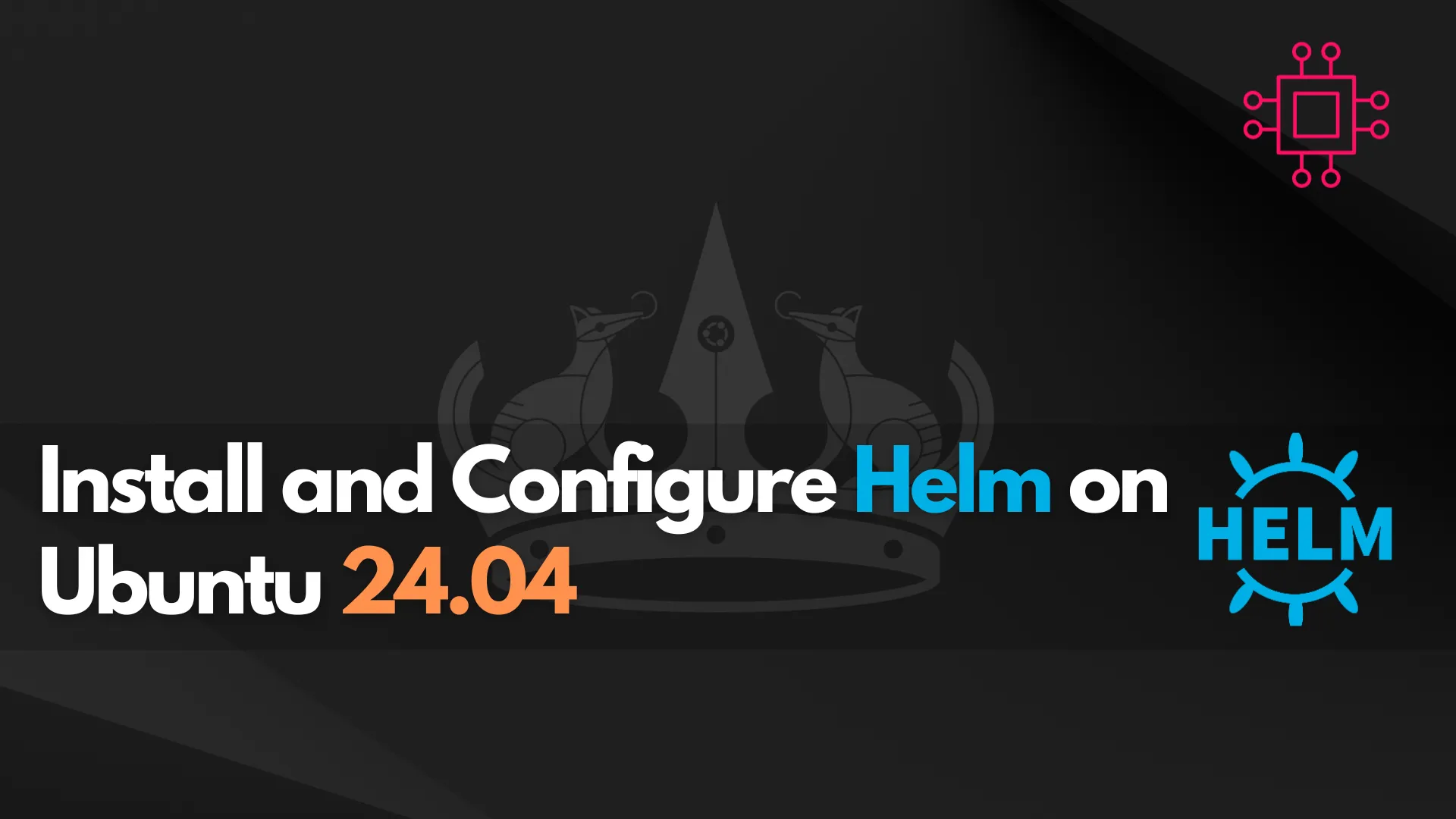
Learn how to install and configure Helm on Ubuntu 23.10 with this comprehensive guide. Follow step-by-step instructions to set up Helm, manage Kubernetes applications, and customize deployments using Helm charts. Ideal for Kubernetes users looking to streamline their workflow. Table of Contents Introduction Helm is a powerful package manager for Kubernetes, facilitating the management of Kubernetes […]
Using the firewall-cmd command in Linux
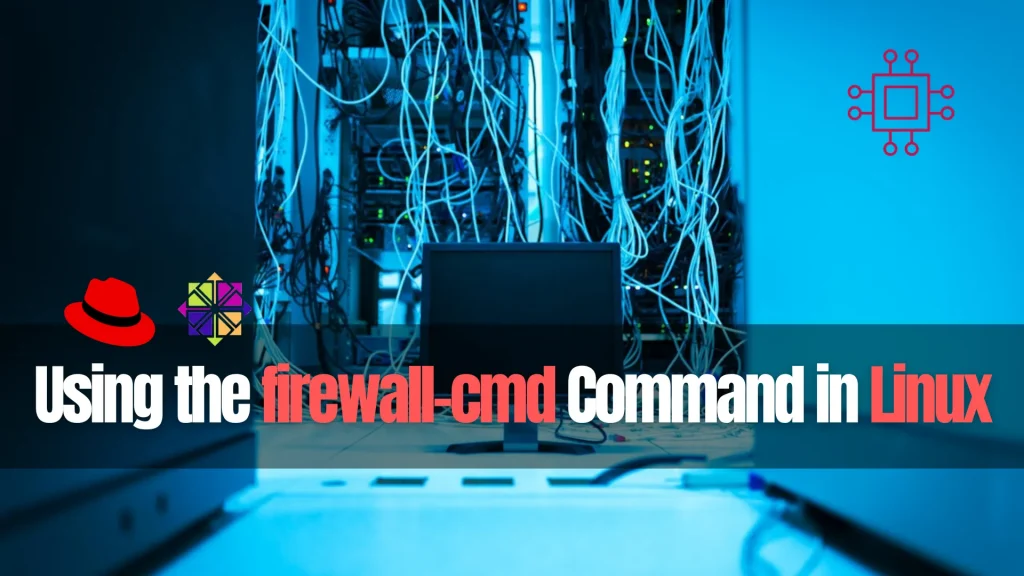
Redirect HTTP to HTTPS using .htaccess
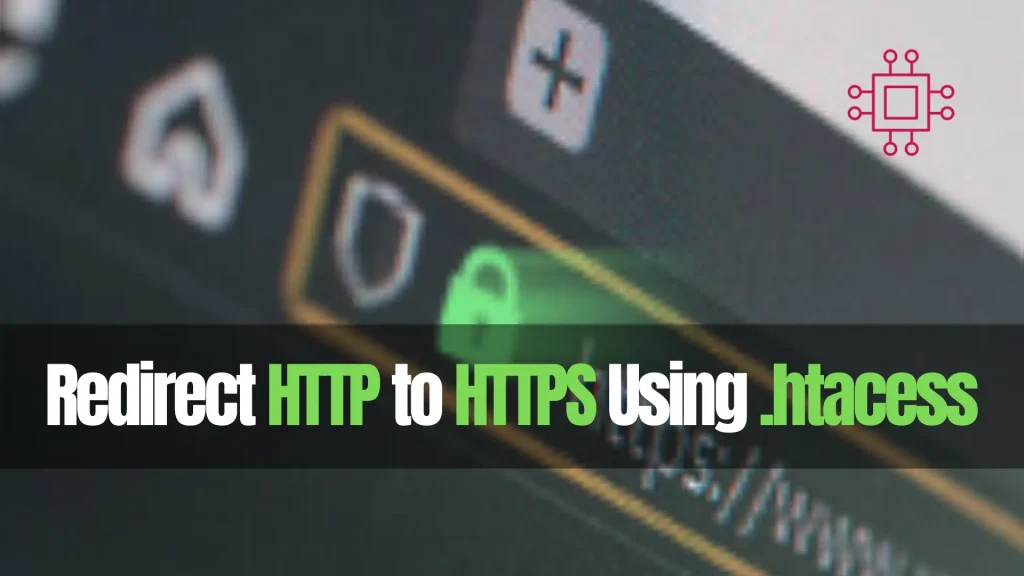
Learn how to redirect HTTP to HTTPS using .htaccess for enhanced security and better SEO. Follow our step-by-step guide and boost your website’s trustworthiness and search engine visibility today! Table of Contents Introduction Hey there webmasters and fellow coding enthusiasts! Today, we’re diving into a topic that’s not just important for security but also for […]
20 Useful Sed Commands With Examples
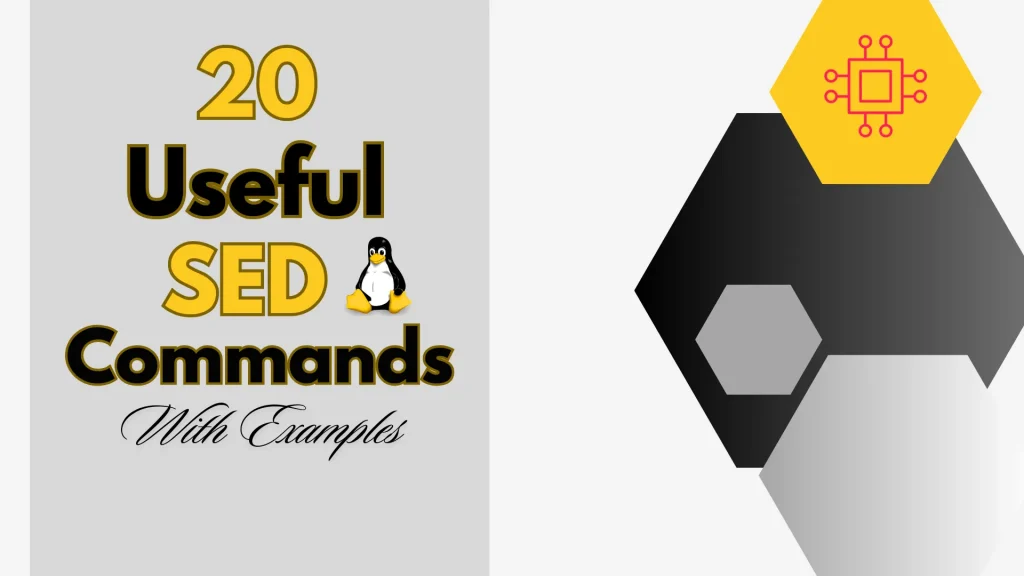
Discover 20 useful sed commands for text processing in Linux. Learn how to perform substitutions, deletions, insertions, and more with practical examples and tips. Enhance your text manipulation skills with this comprehensive guide. Table of Contents Introduction The sed (stream editor) command in Linux is a powerful tool for processing and transforming text. It is […]
